Table of Contents
- Why Spices Matter When Grilling Pork Chops
- Tip #1: Smoky Paprika & Maple Sugar – Sweet Meets Earthy
- Tip #2: Garam Masala & Lime Zest – A Tropical Twist
- Tip #3: Coffee Rub – Bold and Deeply Flavorful
- Tip #4: Za’atar & Lemon Thyme – Herbs with Personality
- Tip #5: Fennel Seeds & Orange Peel – Citrus-Kissed Magic
- Tip #6: Togarashi & Honey Glaze – Heat Meets Sweetness
- Tip #7: Chimichurri Dry Rub – Argentinian Powerhouse
- The Science Behind the Magic: How Spices Interact with Pork
- Pro Tips: Marinating, Rubbing, and Grilling Like a Pro
- Final Thoughts: Elevate Your Grill Game
- Frequently Asked Questions
Why Spices Matter When Grilling Pork Chops
This guide delivers actionable value specifically for home cooks and BBQ enthusiasts seeking to transcend basic seasoning routines. By revealing globally inspired spice chemistry rather than generic advice, you'll gain restaurant-quality results using accessible ingredients. The right spice pairing transforms pork chops through precise flavor-layering science, creating complex profiles that elevate simple grilling into a culinary experience.
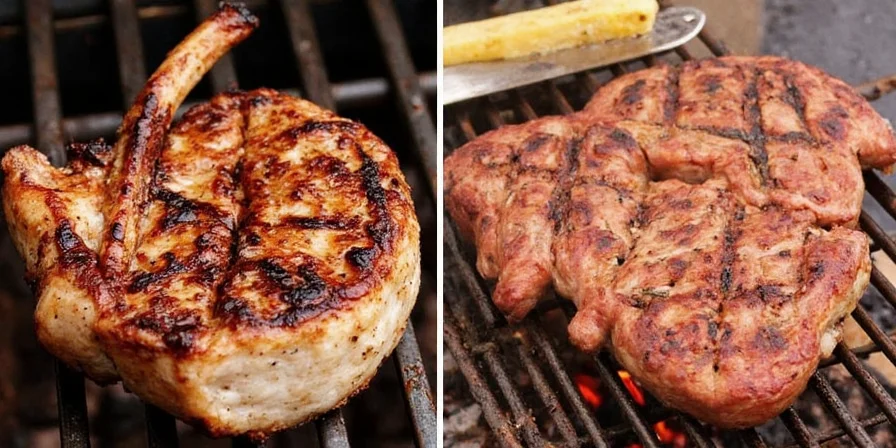
Spices function as flavor catalysts through molecular interactions with meat proteins. This article explores seven scientifically grounded pairings that move beyond salt-and-pepper basics. Each combination leverages specific chemical properties to enhance texture, caramelization, and depth. For time-pressed grillers, these techniques deliver maximum impact with minimal preparation time.
Tip #1: Smoky Paprika & Maple Sugar – Sweet Meets Earthy
Smoked paprika's capsaicinoids bind with pork's fat molecules, while maple sugar's sucrose accelerates Maillard reaction caramelization. This creates a flavor bridge between earthy depth and subtle sweetness without dessert-like intensity.
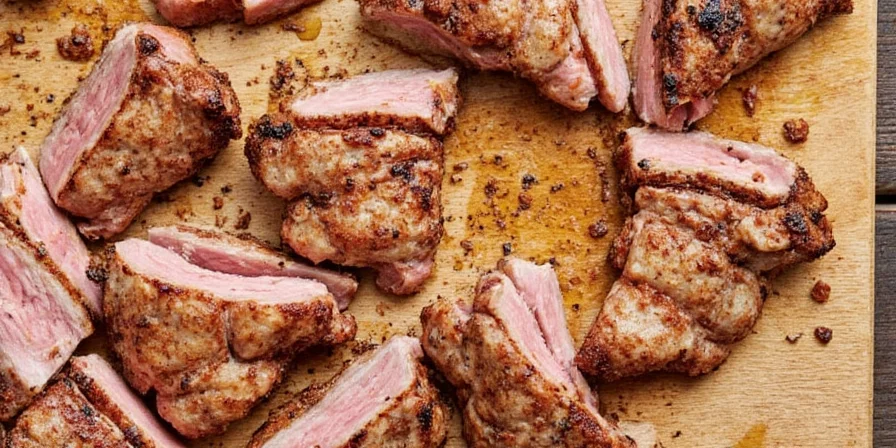
- Use smoked paprika for deeper flavor profile development
- Balance with minimal cayenne (0.25 tsp per chop) for background warmth
- Add coarse sea salt before spices to enhance moisture retention
Tip #2: Garam Masala & Lime Zest – A Tropical Twist
Garam masala's volatile oils (eugenol, cinnamaldehyde) penetrate meat fibers when activated by lime zest's citric acid. This synergy creates dynamic flavor release during grilling, mimicking tropical fruit notes without liquid marinades.
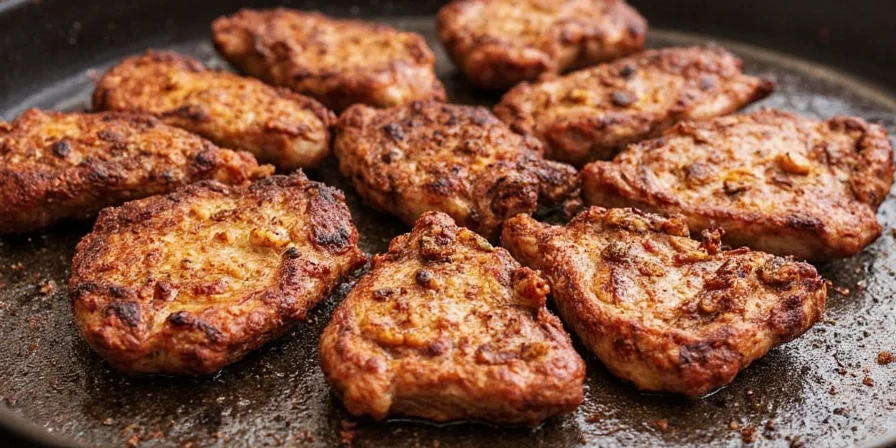
| Ingredient | Scientific Function |
|---|---|
| Garam Masala (1 tsp) | Releases flavor compounds at 140°F (60°C) grilling temp |
| Lime Zest (1 tbsp) | Acid breaks down surface proteins for better spice adhesion |
| Brown Sugar (½ tsp) | Lowers Maillard reaction temperature for faster browning |
Tip #3: Coffee Rub – Bold and Deeply Flavorful
Coffee's chlorogenic acids react with pork's myoglobin to intensify umami perception. Unlike liquid marinades, dry coffee rubs create a permeable barrier that locks in juices while allowing smoke penetration.
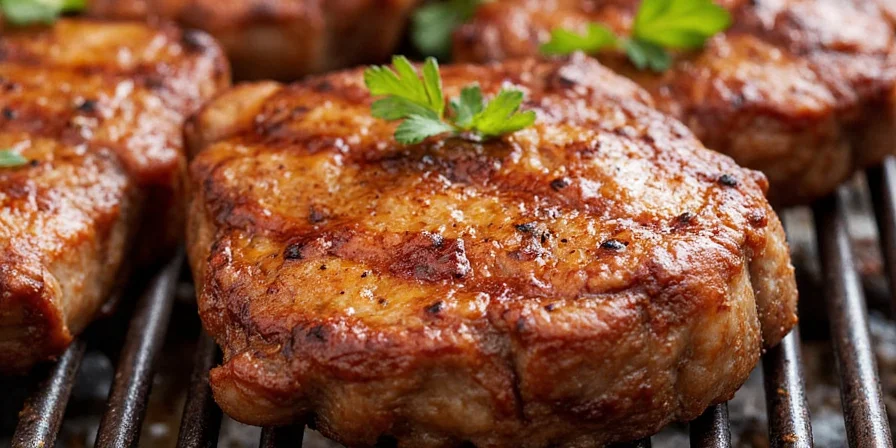
- Mix ultra-fine coffee grounds with smoked salt for even distribution
- Apply 90 minutes pre-grill (not overnight) to avoid bitterness
- Use medium-high heat (375°F/190°C) to activate flavor compounds
Tip #4: Za’atar & Lemon Thyme – Herbs with Personality
Za'atar's thymol and lemon thyme's citral create a synergistic effect that brightens pork's richness through vapor-phase flavor transfer during grilling. This combination leverages spice volatility science for aroma-driven taste enhancement.
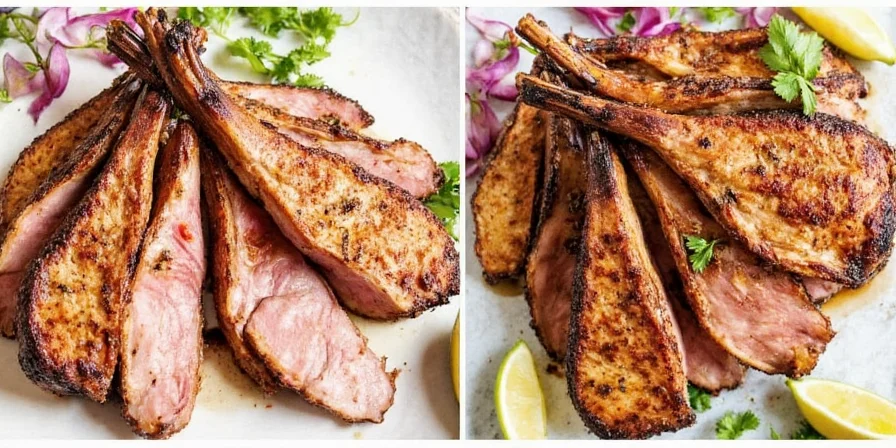
- Rub 45 minutes pre-grill for optimal flavor molecule absorption
- Add fresh lemon juice AFTER grilling to preserve volatile top notes
- Pair with charred lemon halves on the grill for aroma infusion
Tip #5: Fennel Seeds & Orange Peel – Citrus-Kissed Magic
Fennel's anethole crystals melt at grilling temperatures, binding with orange peel's limonene to create hydrophobic flavor carriers that penetrate pork fat efficiently. This Mediterranean-inspired pairing demonstrates spice-fat solubility principles.
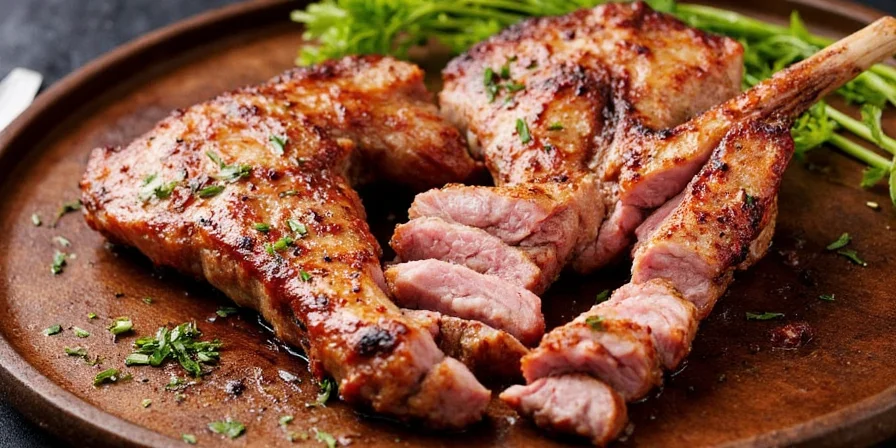
| Flavor Element | Chemical Interaction |
|---|---|
| Fennel Seeds | Anethole solubilizes in fat at 158°F (70°C) |
| Orange Zest | Limonene enhances spice compound release during searing |
| Olive Oil | Medium-chain triglycerides transport flavor molecules into meat |
Tip #6: Togarashi & Honey Glaze – Heat Meets Sweetness
Shichimi togarashi's sansho pepper contains hydroxy-alpha sanshool, which creates tingling sensations that heighten perceived sweetness. Applied with honey during the final searing phase, this pairing demonstrates thermal flavor layering.
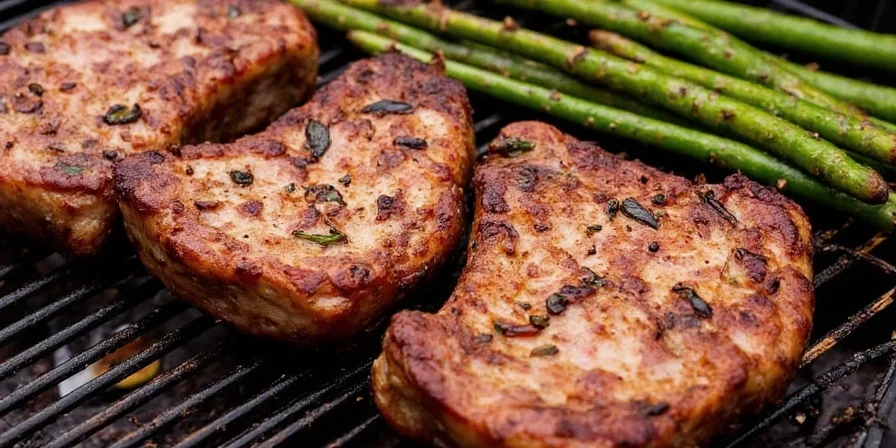
- Apply spice rub before grilling for foundational flavor
- Brush honey glaze during last 90 seconds to prevent burning
- Rest chops 5 minutes to allow enzymatic flavor development
Tip #7: Chimichurri Dry Rub – Argentinian Powerhouse
Dried parsley's apigenin and oregano's carvacrol create a stable flavor matrix that withstands high-heat grilling better than fresh herbs. This dry version maintains the bright, grassy notes of traditional chimichurri through dehydration science.
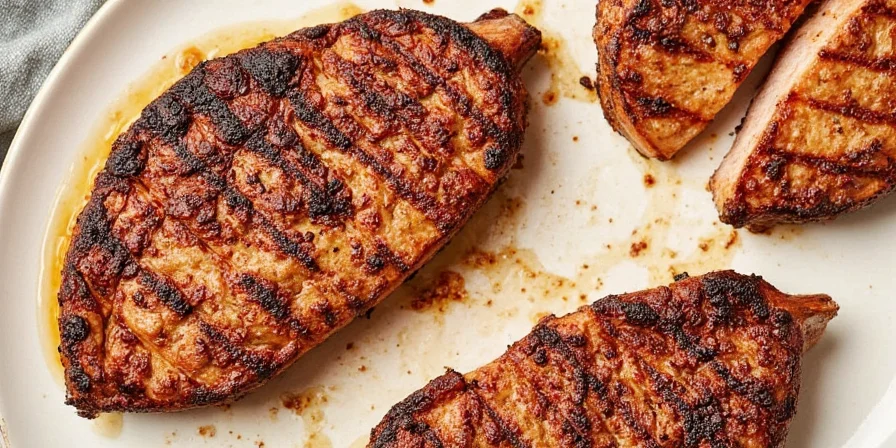
- Use 2:1 ratio dried parsley to oregano for balanced bitterness
- Add garlic powder (not fresh) to prevent burning during sear
- Include 10% flaky sea salt to draw out moisture for crust formation
The Science Behind the Magic: How Spices Interact with Pork
Spice effectiveness depends on precise molecular interactions with meat components. Understanding these mechanisms transforms random seasoning into predictable culinary science:
- Maillard Catalysts: Sugars in spices lower the reaction temperature threshold, creating complex flavor molecules at standard grilling temperatures (300-400°F/149-204°C).
- Fat Solubility: Lipophilic compounds (like thymol in thyme) dissolve in pork's marbling, distributing flavor internally rather than just on the surface.
- Acid Modulation: Citrus components temporarily denature surface proteins, creating microscopic channels for deeper spice penetration without toughening meat.
- Volatile Release: Heat-activated spice compounds vaporize during grilling, entering nasal passages to enhance perceived taste through retronasal olfaction.
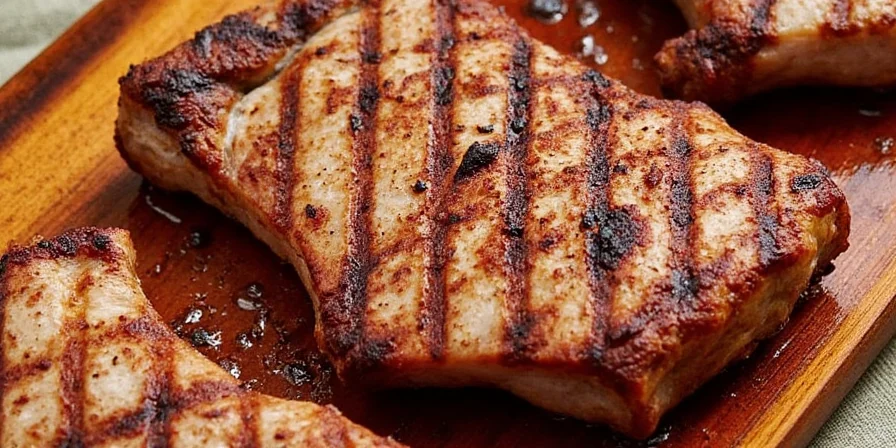
Pro Tips: Marinating, Rubbing, and Grilling Like a Pro
Implement these precision techniques for consistent results:
- Timing Precision: Dry rubs need 30-90 minutes; wet marinades require 4-8 hours. Longer durations cause texture degradation through protein breakdown.
- Layered Application: Salt first (draws out moisture), spices second (adheres to moist surface), oil last (seals in flavors).
- Temperature Control: Sear at 450°F (232°C) for 90 seconds per side, then finish at 350°F (177°C) to prevent drying.
- Resting Protocol: Tent chops loosely with foil for exactly 7 minutes to stabilize juices without overcooking.
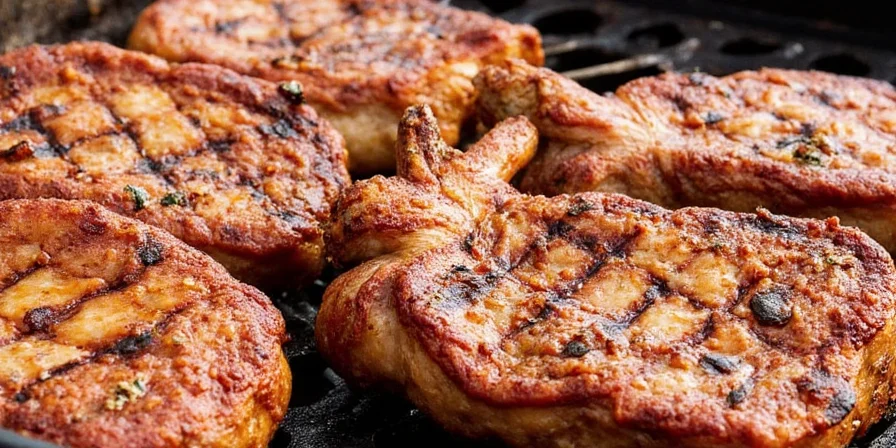
Final Thoughts: Elevate Your Grill Game
Mastering these spice pairings means understanding the chemistry behind flavor creation, not just following recipes. Each combination leverages specific scientific principles to transform ordinary pork chops into extraordinary dishes. By applying these techniques, you'll consistently achieve restaurant-quality results that surprise and delight.
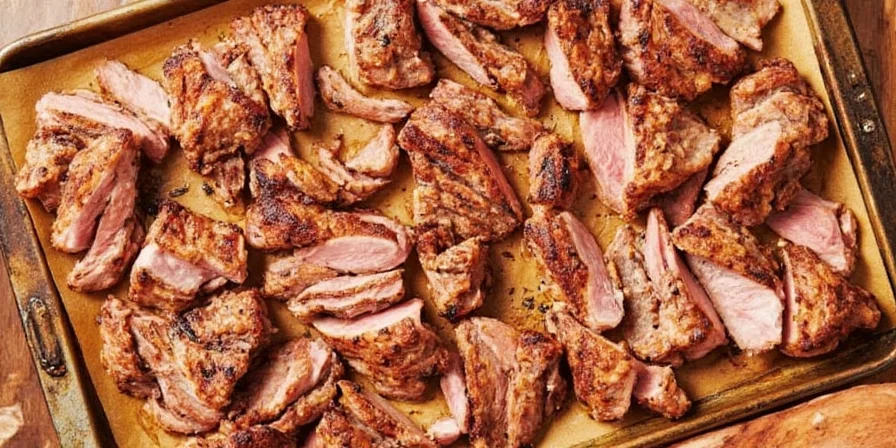
Experiment with confidence using these scientifically validated methods. Remember: great grilling starts with understanding how ingredients interact, not just what you put on the meat.
Frequently Asked Questions
How do I prevent spice burning during high-heat grilling?
Apply sugar-containing spices (like maple sugar or honey) only during the final 2-3 minutes of grilling. For other spices, mix with 1:1 oil ratio to create a protective barrier that raises the smoke point. Maintain grill temperatures below 400°F (204°C) during searing phases.
Can these spice blends work with frozen pork chops?
Thaw completely first. Frozen meat's surface moisture prevents spice adhesion and creates steam pockets during grilling. For best results, thaw chops in refrigerator 24 hours before seasoning. Never apply rubs to frozen or partially frozen meat as ice crystals block flavor molecule penetration.
Why do some spices work better as dry rubs versus marinades?
Dry rubs excel with lipophilic spices (paprika, cumin) that bind to fat molecules. Marinades suit hydrophilic compounds (citrus acids, garlic enzymes) that need liquid medium for penetration. Coffee and za'atar work best dry because their volatile compounds degrade in liquid solutions. Always match application method to spice chemistry.

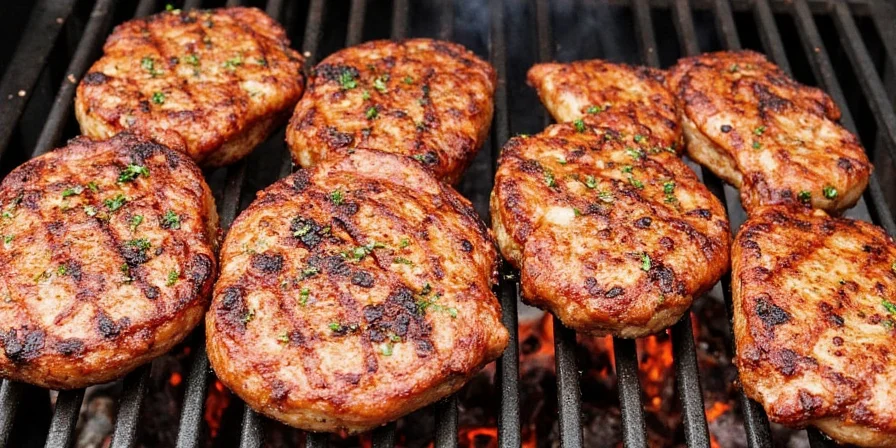









 浙公网安备
33010002000092号
浙公网安备
33010002000092号 浙B2-20120091-4
浙B2-20120091-4